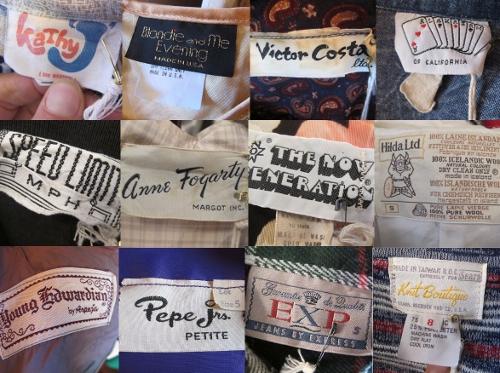
hello and Happy Monday vintage lovers!!!!
Today is SUCH an exciting post day for me because it’s a post I’ve been meaning to write since first debuting one of the most successful articles on my site to date, “11 Ways to Tell it’s Vintage by Labels & Tags.”
If you haven’t checked out that informative post yet, definitely do so soon before reading even MORE advice on how to tell it’s vintage by labels, which I discuss in even more specific detail and with further insight into the “nuances” which help you to differentiate which era a piece of fashion is truly from.
I gave part I of this post a shout out on the fan page and had a flurry of comments ASAP. Thank you all!
Special thanks to Carmen & Ginger Vintage for investing her time & energies to sharing her wealth of knowledge with me so that I can present you with information of top accuracy and usefulness. Please check out her Etsy store when you get a chance!
Also, a shout out to Galipette Vintage, Virtual Vintage UK, and Baubles Vintage for the interest in today’s post! You are amazing vintage sellers who inspire ME!
Keep reading after the jump for this epic part II of how to tell it’s vintage by labels … and with some closer inspection, further insight to its approximate style age & era!
I hope today’s post kickstarts a great week for everyone reading these very words. I had such an inspiring weekend! Perhaps it was the pristine fall weather of crisp blue skies and temps just cold enough to crave a hot coffee and delicious Granny Smith apple [my fav this time of year!]
Whatever the source, I know there’s not just ONE place I get my inspiration from. There are oh-so-many … from daily spiritual practices of gratefulness & meditation, exercise & healthy eating, seeing each day with fresh eyes to learn & grow … especially thanks to vintage sellers, lovers & advocates alike, like YOU!
This post is part II to a series — check back next week for part III, which will give further insight into the “lot” number of a vintage piece, its union tag, the designer “byline” name and more!
Please let me know what’s going on in your fabulous life by always tweeting me, saying hey on Facebook or sending some e-mail love to [email protected]!
xx, SD
VINTAGE NOTE: DRY CLEANING
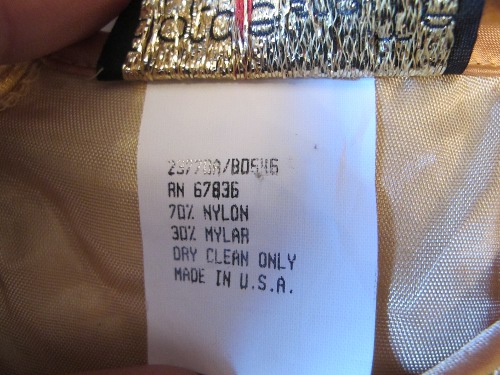
THE NOTE: When a piece states how to care, i.e. “Machine Wash Warm” or as seen above, “Dry Clean Only.”
THE EDUCATION: While we’re familiar with care instructions on all of our modern day tags, our parents and grandparents didn’t benefit from the manufacturers care recommendations until 1972, when the Federal Trade Commission introduced what was called the “Care Labeling Rule.”
It required all manufacturers to label clothing with instructions for at least ONE safe cleaning method for that garment. This initiative was inspired by a desire to give consumers power to choose the highest quality garments for their lifestyles.
Different clothing labels will express different brand characteristics. If you want to show your brand tone, perhaps choosing custom clothing labels is a good choice. Click ” Custom Patches ” to select your clothing label.
VINTAGE KNOW-HOW: If a vintage garment’s tag contains absolutely no care instructions, it’s safe to conclude said piece dates pre 1972.
THIS PIECE’S ERA: This “Blondie & Me” piece dates from the 1980s. I did some serious research on when dry cleaning become popular of garments, and unfortunately was unable to find anything concrete which would help me to designate this piece as directly from the ’80s based on the fact that it’s care instructions state “Dry Clean Only.”
However, from a cultural point of view, “dry cleaning” is a luxury that not every American has. Especially during the consumption-driven ’80s — when times were good because the economy was booming — we had more money to spend on formal attire made from materials which could not be washed safely in the affordable comforts of our home.
Still, that is a stretch conclusion and one which does need further proof to back up. The next “80s” bit of evidence is the fact that the label says “Made in USA,” another popular piece of information communicated for branding purposes during that time as more and more products were outsourced and consumers looked to American made versus those outsourced overseas.
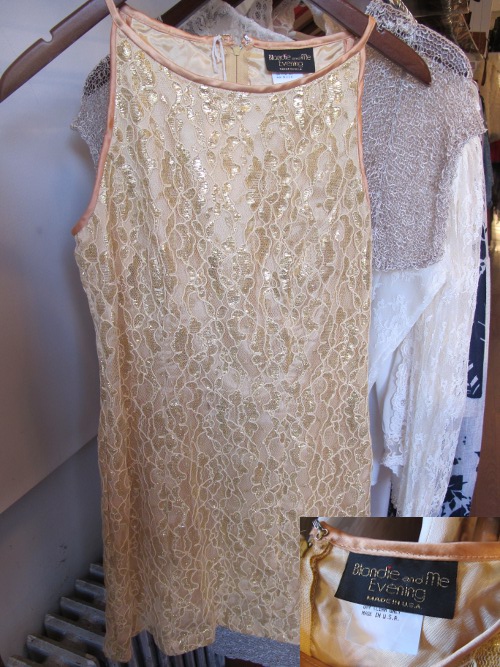
VINTAGE NOTE: MADE IN TAIWAN
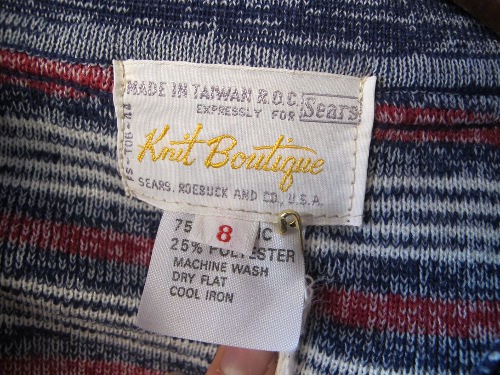
THE NOTE: When a piece’s tag states where it was made abroad, such as noted here: This sweater was made in Taiwan.
THE EDUCATION: Despite much of fashion pre-1980s remaining American made, outsourcing production of many things was already happening — but on a smaller scale (and in different countries) — when compared to today.
You can tell the approximate era a piece was made just by noting which country it was made abroad.
THE VINTAGE KNOW-HOW: Special thanks to Carmen & Ginger for this juicy tidbit. She wrote to me early this morning,
The chronological order for mass-produced (i.e.; not high end) overseas is (not exactly) but about 1960’s- Japan; 1970’s: Korea – Taiwan, 1980’s: Taiwan + some China + Eastern European (like the Yugoslavia you show); 1990’s Sinagpore, Malaysia, China, Indonesia start to become common…
THE PIECE’S ERA: Based on C&Gs great info, this piece as produced in Taiwan dates approximately from the ’70s to ’80s. Upon further research I’m guesstimating the late ’70s because the label still uses “Sears, Roebuck & Co” [it’s official name] and Sears has a rectangle around it’s logo design, which changed to a scripted Sears in 1984.
For more information on Sears labels, check out the Vintage Fashion Guild.
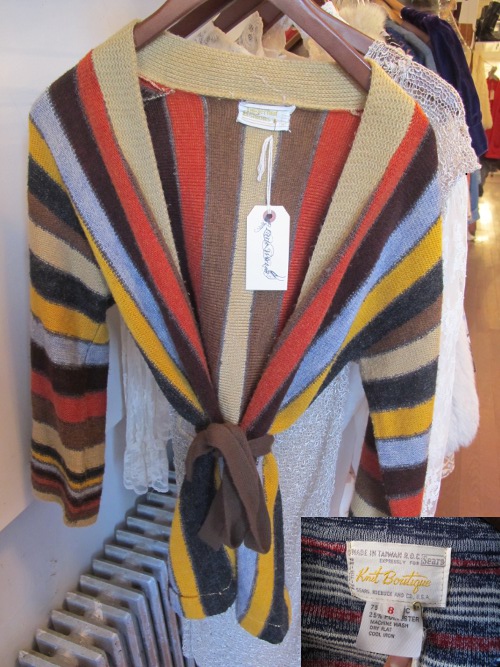
VINTAGE NOTE: OLD DESIGN FOR MAINSTREAM BRAND
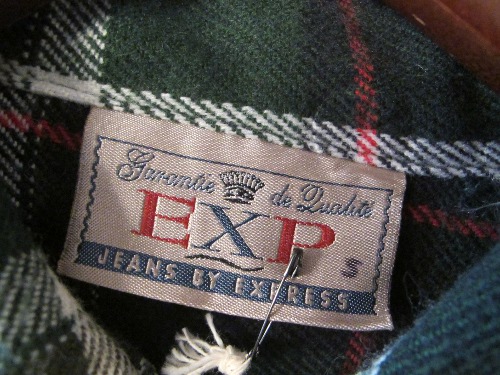
THE NOTE: When you come across a piece from a label you’re familiar with by today’s fashion standards — like Express, above — take note of how different it is from the label and logo designs you see in the store today. This example is vastly different from the Express label you see today, shown below!

THE EDUCATION: Fashion brands, like any other company, need to “re-align” their logo design with what their brand represents. They re-design the logo and its expression of brand name through typography and visual imagery when new lines are launched or a fresh perspective is being developed around the product at hand.
THE VINTAGE KNOW-HOW: Express was once your go-to mall brand for trendy fashions for teenagers. Think Forever 21 in the ’80s.
The Limited founded its first “Limited Express” store in 1980, making Express a 30+ year old company. By 1982 the Limited Express had grown to 8 successful stores. Later, the name was changed to simply “Express.” While I could not find this exact date in my research, it’s safe to assume that if you find any piece with a label of “Limited Express” you’ve most likely found a 1980 to 1985 piece.
Check out more information on The Limited and its history — dating from 1961!!! — on Funding Universe.
THE PIECE’S ERA: Because there is no reference of “The Limited” here, it’s safe to assume this plaid shirt is younger than the early ’80s.
Giving it a closer examination as it relates to style — plaid was a big trend in the early ’90s — I’d guesstimate this top is from sometime within that era. I wish I could pinpoint it to a more exact time frame, but I’d need further insight into when EXP was used most often on the Express brand label.

VINTAGE NOTE: TYPOGRAPHY
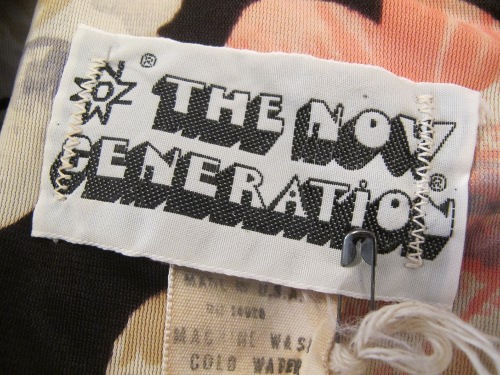
THE NOTE: Examine the typography of a clothing garment’s brand logo. Is it modern? Is it bubbly? Is it script?
THE EDUCATION: Depending on the style of type, you can make an educated guess as to when a piece dates.
Typography is a huge “time stamp” on just about any piece of art representing a moment in culture. Everything from magazines to album covers carry their own unique styles which create a visual-mind connection inspiring us to muse on when that style may have been most popular.
Take the font styles paired below iconic pieces of pop culture from the ’60s & ’70s below:
POPULAR FONT: 1960s
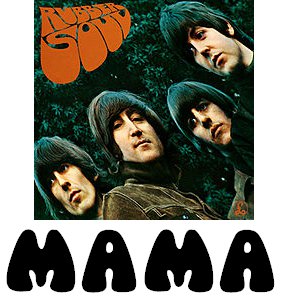
POPULAR FONT: 1970s
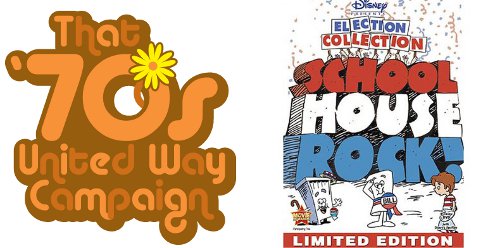
THE VINTAGE KNOW-HOW: Based on the imagery above illustrating popular fonts of the ’60s and ’70s (bubbly for ’60s without a drop shadow background, bubbly or square in ’70s with drop shadow background) you can make the smart conclusion that this “The Now Generation” font is closer to one which we’d see in the ’70s.
The truth rings MOST true when we give the tag’s “care” instructions a close examination (shown in image farther below).
Remember earlier in this post, when I spoke to the fact that there was no policy for marking the suggested care of a garment on the tag until 1972?
THE PIECE’S ERA: Since “The Now Generation” label recommends how to wash this piece — love the wording of “no spin dry!” — we can also assume that this little dress was made 1972 or later.
Cha-ching! Using a blend of typography design and history of garment care, we have an educated era approximation, vintage lovers!
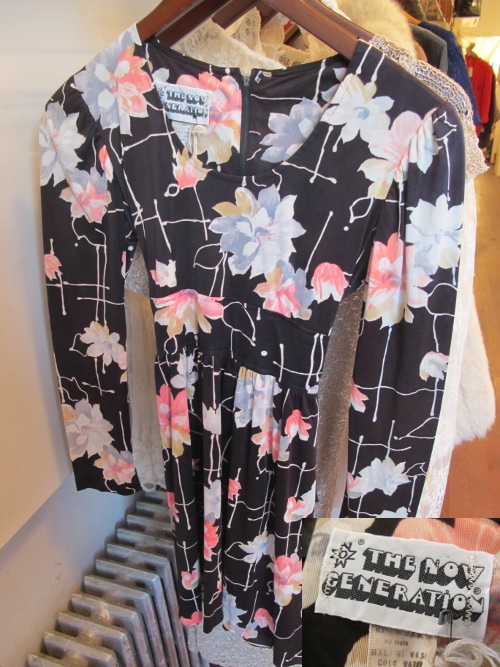
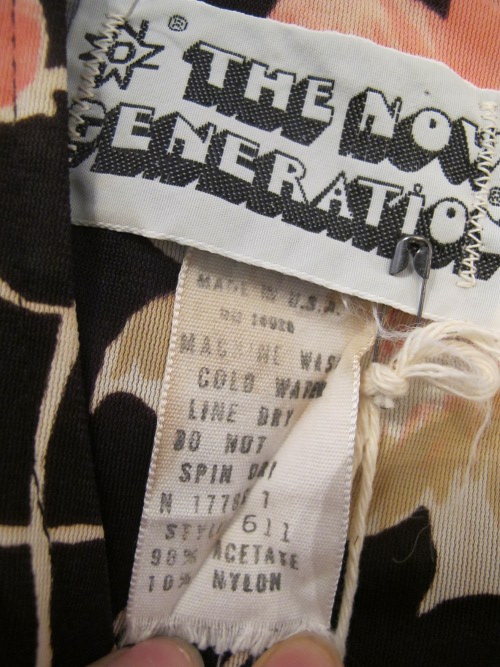

Thanks very much for these articles. I am going back on your posts and it’s quite an informative read :)
Anayatzin (great name!) I truly appreciate this. Thank you so much! Let me know if you have any questions ;-)
What about Made in Hong Kong? What is the typical era for Hong Kong production? You don’t usually see it on more current clothing but I was told could be 1990’s. Thoughts? Also, just FYI I’ve read all your articles or at least most and they have been extremely helpful in learning my way around dating vintage. Thanks so much for the time you have dedicated.
Awesome info. Just bought a Sears men’s vintage flannel. I was consignment shopping and was taken aback by the label “Sears.” I immediately thought that this shirt must be vintage. Also, I am a men’s medium or large (depending on the brand’s fit). The flannel was a large, but fit like some of my smaller mediums (another clue that this was old). I then found that the logo was re=branded in 1984, as you also noted above. It looks like something out of the Wonder Years… I believe it’s late 70’s or very early 80s. SWEET deal for 3 bucks.
-Jay
Hello…Thank You Very Much for this information. Could you please show us, different clothing labels throughout the different decades, like the 60s, 70s, 80s, 90s, and the 2000s.
Thank You for Your Time!